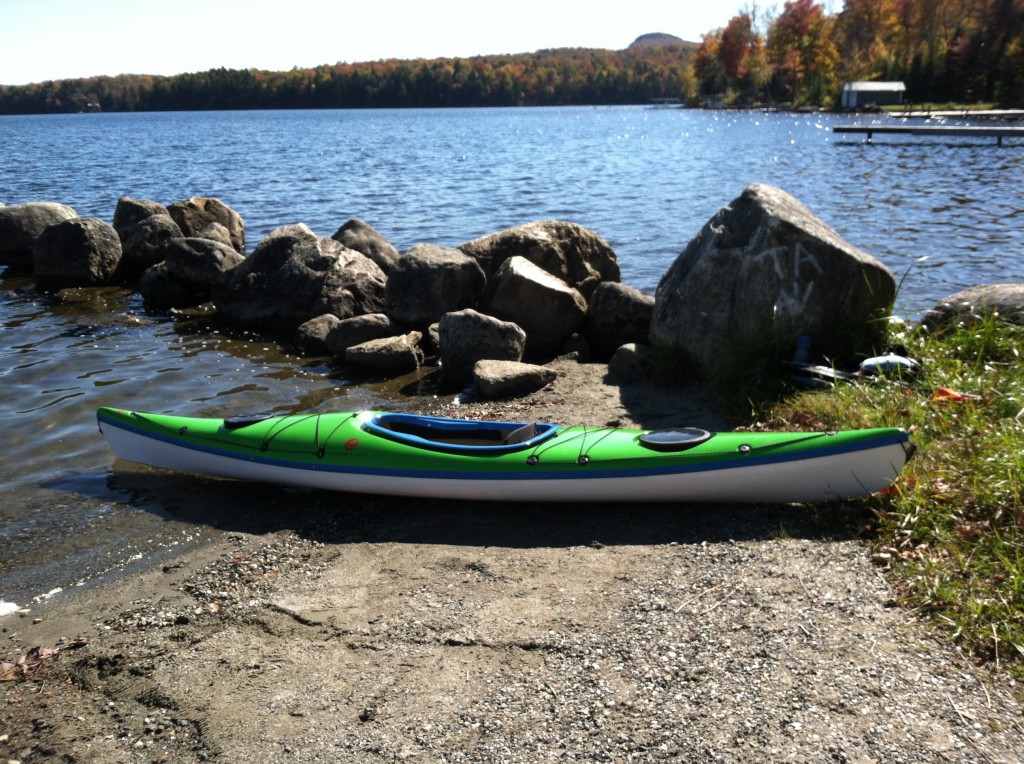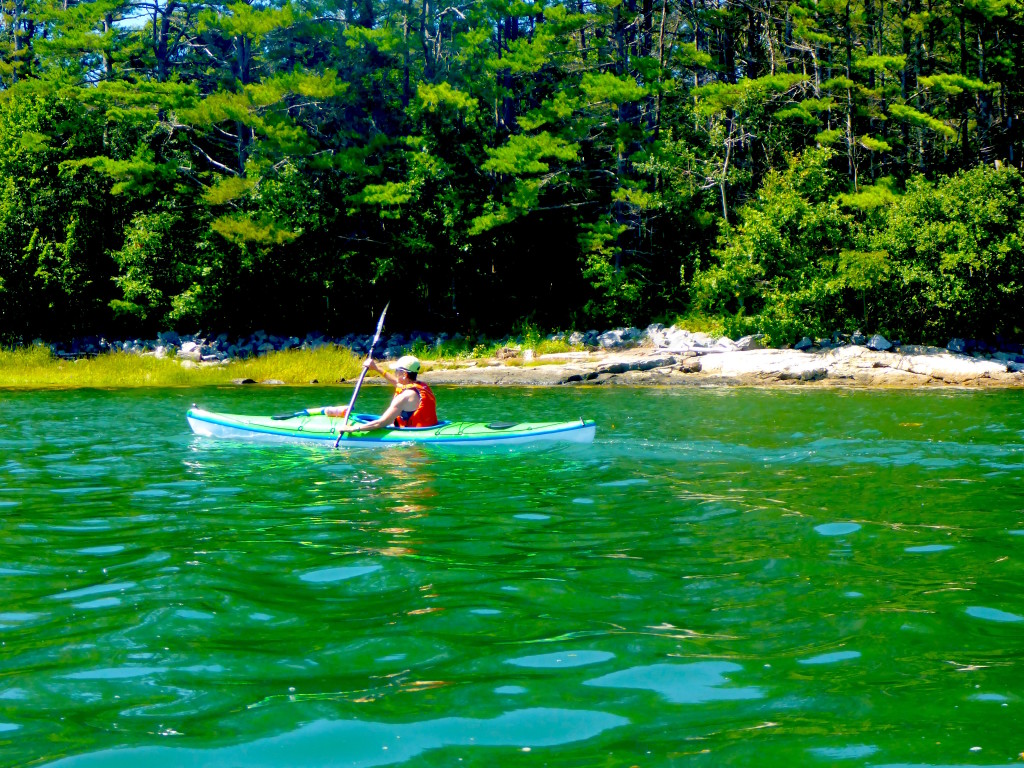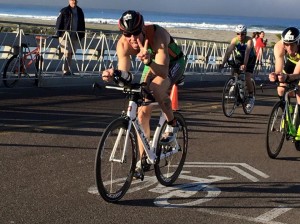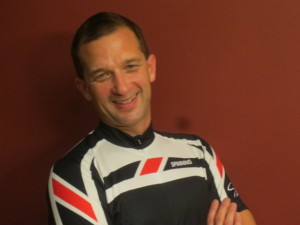GET OFF THE TREADMILL AND HIT THE DIRT: Gotta run. That’s us. Always in a hurry. In fact, that sense of urgency surfaces in one definition of the verb run, to “move about in a hectic or hurried way.”
Then there’s “moving at a speed faster than a walk, never having both feet on the ground at the same time;” or even running for political office. (google search)
There are wonderful quotes about running as a metaphor for life and how life is a marathon and not a sprint. Running clubs proliferate, as does running- specific gear, books and even movies. Running is touted as the best possible form of exercise. Running is dissed as the worst possible exercise.
To run is cheap (except for running shoes), requires no special equipment (except for running shoes and a water bottle), and, as Christopher McDougall and Bruce Springsteen say so eloquently, we are all “Born to Run.”
That being said, running and any or all repetitive sports and activities place a strain on the body. Good form and intelligent management help to reduce the potential for overuse injuries.
One way to enhance the running experience is to get off the treadmill, leave the pavement, and head for dirt. Running on country roads or trails is good for the joints and good for the spirit. What’s more, unless you get distracted and fall over a root or stub your toe on a rock, you add to the experience a substantial element of safety.
TRAIL RUNNING: Trail running begs definition. At www.trailrun.com, there is this: “And so, you step off a road, into the wilderness, single track, double track…whatever, you are a trail runner. If there is some form of raw earth underneath, you are a trail runner. The rest is personal. It can be competitive. It can be spiritual. It can be for body or for mind. Whatever it is, trail running is yours.”
From newest newbie to gnarly veteran, trail runners approach each run as something new and different, an experience that supersedes the workout. There is no wrong way to go.
In 2014, Jeff Galloway, Olympic runner, coach and prolific writer, added his book, Trail Running, to the mix. While there may be no “wrong” way, there are better ways to enjoy and grow in the sport.
As is popular to do these days, Gallway begins a chapter with the words, “We are hard-wired to be trail animals.” More important than the action is the journey itself, the social component, the variety, the joy of getting away and into the natural world.
As always, Gallway espouses his walk-run training recommendation, a technique that works particularly well on the trail.
Often one finds runners obsessed with heart rate, pace, training plans and negative splits. On the trail, a runner is just as likely to find sprints fired by terrain or pause for a beautiful view, something a seriously training road runner might not do. Furthermore, trail running is not always about speed. Conversely, the racer who cross-trains on the trail will find that doing so shaves time off the paved events.
While Gallway discusses finding venues from Rail Trails to parks and hikes, he also shares advice on gear (do you really need to buy trail running shoes?), skills, training plans and injuries.
Safety precautions are the same as any other outdoor sports. Layer for changing weather conditions, pack fuel and water and wear sunscreen. Do carry a cell phone, but also tell someone where you are going and your estimated time of return. Better yet, run with a partner. Know about where you are going. Stay alert and keenly aware of your step and your surroundings. Do not allow yourself to become overtired or underfed or dehydrated. Plan a run that matches your fitness level or is designed to help you improve safely.
Whatever your trail running expertise or experience may be, you might want to check out a great little book published this year: TRAILHEAD, The Dirt on all Things Trail Running, by Lisa Jhung. Small enough to fit in your pack, it is large on information, helpful tips and humor.
While you may know that running typically results in a higher level of fitness, did you know that trail running , because of varied terrain, is both more forgiving and more challenging to a wider variety of muscles, ligaments and tendons than running on a flat surface? Even your core is more fully engaged when navigating the twists and turns, ups and downs, of the trail, as well as balance and coordination tested.
Running, partly due to the consistent rhythmic nature of repetition, smooths and soothes stress. Trail running adds the mental, emotional and spiritual elements of nature.
Since trail running is often termed “natural,” it follows that when you’re out there on the trail, communing with nature, you need also respect her.
Learn to adapt to and deal with rain, snow, wind, heat, cold, bugs, poisonous plants, wildlife and sun. Adjust your pace, stay focused and on course.
Run with your friends, run with your dog, respect trail etiquette. Finish your run better for having spent another day on the trail.
ULTRAS: In recent years, unable to want more, runners have transitioned from marathons on pavement to distance events on trails and ultimately to multi-mile, multi-day ultra-distance events. Ultra runners are a breed apart. They embrace pain, ooze grit and define determination and survival. It’s not pretty, but it works for them. The rest of us read about their struggles, applaud their success (which is ultimately all about finishing), and revere their accomplishments.
Remember back in July when Vermont was about as wet as it gets? During the soggiest of days Scott Jurek, ultra icon, was slogging his way through our state on the Appalachian Trail, on his way to significantly breaking the previous record for fastest thru-hike. Jurek and his support team began his run from Springer Mountain, Georgia. Averaging 50 miles a day, the 41 year old Jurek traveled 2,189 miles in 46 day and a touch over 8 hours. He crossed 14 states with elevation changes of 515,000’ and finally kissed his wife at the top of Mt. Katahdin in the early afternoon of Sunday, July 12th.
In 2012, Jurek’s book Eat and Run: My Unlikely Journey to Ultramarathon Greatness was released. Maybe he’ll write another one, give himself a break.
Moving beyond the press-grabbing Jurek and Karnasez and their ilk, close to home, we find the Vermont 100 Endurance Race. This event is one of the original 100-mile runs in the USA and a part of the Grand Slam Series of Ultrarunning. It’s hilly, of course, and though the route includes back roads and trails, running under a 30-hour cut-off leaves little time to sightsee. http://vermont100endurancerun.blogspot.com
Do ultras signal the running elite or simply those who have the tenacious resolve to always reach beyond where they are? If you can run a 5k road race, must your goal be a marathon? If you can enjoy an hour or so running a trail with your dog or your friends, are you failing if you decide against an ultra?
One thing is clear, however: running on dirt is here to stay. Each year more runners, walkers and hikers become part of the larger community of trail runners, those who choose to exercise, tour, visit, or race off road.
Furthermore, a second thing is clear. Vermont offers a smorgasbord of unpaved roads, trails, single track, technical, climbing, hiking, privately owned, community and state supported, drop-dead beautiful trails on which to run. More likely than not, you, too, can become one, a trail runner.
RANDOM NOTES FROM TRAILHEAD:
Because trail running is fun, you will be more inclined to repeat the experience.
Trail running shoes may, in fact, be worth the purchase as they often offer more stability, better traction, more sidewall protection and toe bumpers (you will, after all, stub your toe).
Wear what works for you. There’s no stylin’ on the trail.
Rocky, rutted, overgrown, snow, ice, mud – know the conditions and plan for them. (preferably stay off muddy trails, but if you find yourself on one, run through the middle and not the sides)
Always pack food, water, layers, light and that sometimes invaluable cell phone. If you’re in bear country, carry bear spray (and know how to use it). Remember that bears are climbers so don’t waste your energy climbing a tree.
Interesting fact: your dog, running off leash in bear country, might attract a bear and lead it back you.
Speaking of wildlife, a common denominator seems to be to remain calm and never turn your back and run away.
Here is Vermont you might come across a moose or multiple moose (the plural of moose, that is).
Jhung writes:“They are not particularly interested in humans, but if a moose feels threatened or is trying to protect its calf, it may charge. (It’s the hooves you need to worry about, not the antlers.) They don’t want to eat you as they’re herbivores, and besides, many moose attacks are bluffs. “Do not,” however, “stand your ground. Just get the heck out of there.”
Ticks present an increasing risk of Lyme disease. Check carefully for ticks after each run and, if found, remove the tick properly. (You might want to keep the tick in a Ziploc for future reference if you become ill.) Be sure your dog is well protected.See your veterinarian.
Trail etiquette is mostly about courtesy and thinking of the other guy. There are a few basic quasi-rules:
Bikers yield to just about everyone including pedestrians and horses.
Mountain bikers and trail runners yield to walkers, equestrians, rock climbers, families, birders and the like.
Sometimes it’s just a matter of being nice: “Older couples holding hands on trails,” Jhung writes, “should always have the right of way.” (Yeah, right, if an older couple is still holding hands, they deserve the right of way.)
Momentum is a factor either needing to remain in constant motion to make it up the hill, or traveling downward when stopping is difficult. Defer.
Passing requires mutual cooperation. If you know someone would like to pass, make it easier for him or her if you can. If you are the one wanting to pass, don’t surprise the party ahead but generate some sound or a few words. Though we are taught to shout out “on your left,” this could be abrasive so use with care.
Finally, preserve the trail that you are using by not “rearranging nature” or taking it with you. Don’t feed wildlife, stray off the designated path or leave even your energy bar wrapper behind.
Of course your trail running experience will be more enjoyable if you have trained properly. And if you train well, you may decide to enter some of the many trail-racing events held annually throughout the state.
Jhung concludes: “If you raced, any distance, any type of course, congratulations. Be proud.
“And if you didn’t race but enjoy your non-racing miles on trails, congratulations. Be proud.
“You’re a trail runner.”
This story appeared on the Active Vermont page of the Rutland Herald & Times Argus, Sunday, August 16, 2015, by Linda Freeman.





